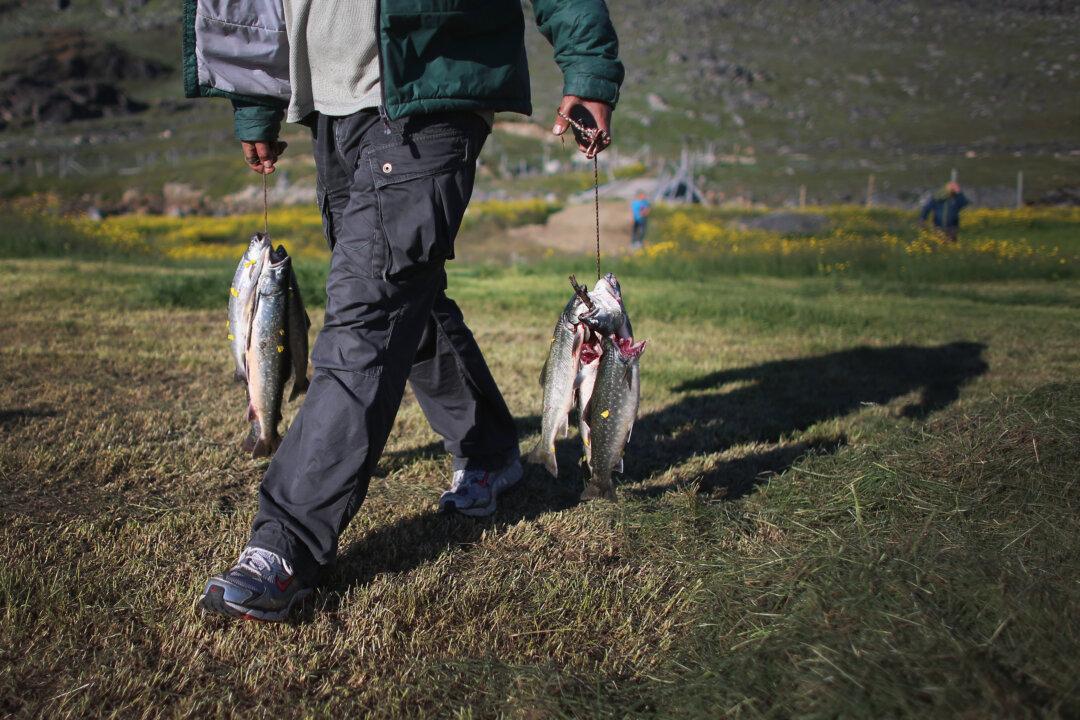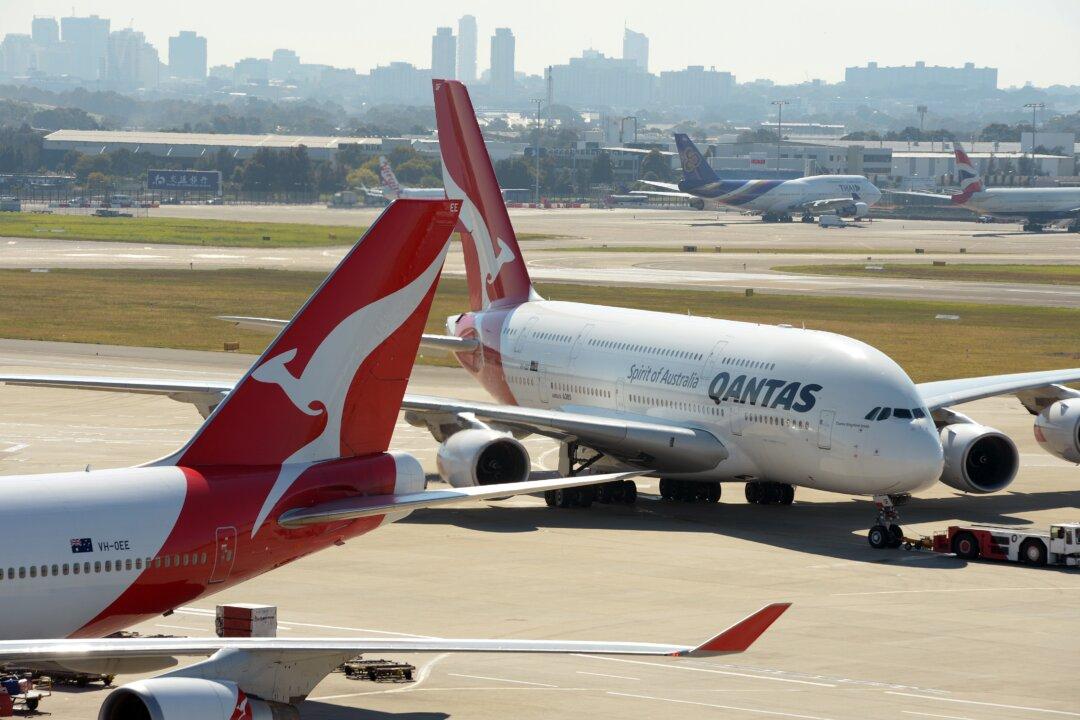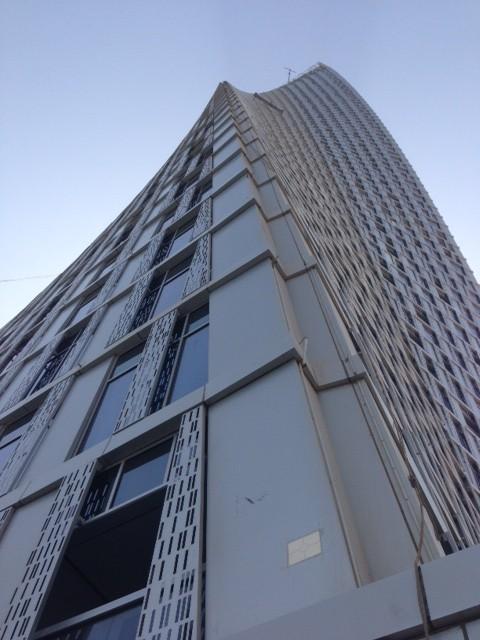[xtypo_dropcap]D[/xtypo_dropcap]UBAI, United Arab Emirates—Resolving the problem posed by Iran’s disputed nuclear program may have dominated the world agenda for the last three years.
However, little more than 373 miles away from Iran’s controversial reactor in Bushehr, another nuclear program is in its embryonic stages in the United Arab Emirates.
In the eyes of Western leaders however, the difference between the two is like night and day.
Indeed, the UAE’s civilian nuclear program, along with a similar project in Saudi Arabia, are being held up as models for the region.
“We have no concern with these countries developing conventional nuclear power,” Luis Echavarri, director general of the Paris-based Nuclear Energy Agency, told Reuters.
“It is something every country has the right to have. Everybody should have the benefit of this energy.”
Echavarri’s sentiments were also echoed in Washington in May 2009, when President Barack Obama signed a ‘123’ cooperation pact with the UAE on nuclear power.
In a statement, he said that the UAE’s program “will promote, and will not constitute an unreasonable risk to the common defense and security.”
In contrast, Iran’s nuclear program—which Tehran also insists is for civilian purposes—has attracted worldwide criticism and suspicion that the country is attempting to develop a nuclear weapon.
A key difference is the decision by the UAE government to sacrifice the right to refine its own uranium and it has vowed not to reprocess spent fuel.
In so doing, it takes away the ability of the country to refine uranium to a higher degree where it can be used in a nuclear weapon.
“The UAE has made it impossible for any future UAE nuclear sector to produce weapons—usable nuclear material, thus severing the principal link between civil nuclear energy and nuclear weapons development,” says a statement on the website of the UAE Embassy in Washington.
In December last year, a Korea Electric Power Co, a South Korea-led consortium, inked a deal to build four nuclear power plants in Abu Dhabi, the UAE capital, with the first reactor coming online in 2017.
The deal, worth $20.4 billion, was described as a “new stage of strategic partnership” by UAE President Sheikh Khalifa Bin Zayed Al Nahyan.
Although the UAE is a major oil exporter, it has opted for the relatively cheaper nuclear power option to meet the growing energy needs of a population that is set to almost double by 2030. The current population is 8.19 million.
The rationale of maximizing import revenue through relying on nuclear power is also behind Tehran’s nuclear ambitions, at least in rhetoric.
Another country in the region, which is also in the process of formulating a civilian nuclear power program, is Saudi Arabia. However, its program has been met with slightly less enthusiasm.
The country, although a strong U.S. ally, has already shown signs that it may not be as willing to sacrifice rights to enrich its own uranium.
Part of the rationale is the prospect of a nuclear-armed Iran, a country that is largely seen as a threat to the Sunni monarchies of the Persian Gulf.
“Choosing to develop a full nuclear cycle would send a clear message to Iran as well as to the international community that a failure to prevent Iran from acquiring nuclear capability will have an impact on the entire region and the nonproliferation system,” Nicole Stracke of the Gulf Research Center told Reuters.
However, the grandstanding could have knock-on effects for the region. Ian Jackson, an analyst at London’s Chatham House, claims that the UAE and Saudi programs could inadvertently spark a nuclear arms race in the Middle East.
In his report, “Nuclear Energy and Proliferation Risks: Myths and Realities in the Persian Gulf,” Jackson claims that the UAE could have the ability to weaponize its nuclear program within 10 years.
He claims that a civilian nuclear program makes strategic sense within the region, because it would have “an implied military deterrent value because it keeps opponents guessing about whether the state also has a hidden nuclear weapons capability,” he said.
In an unusually blunt statement earlier this month, UAE Ambassador to Washington, Yousef al-Otaiba, said that the benefits outweigh the risks for the U.S. government to make a pre-emptive strike against Tehran.
“We cannot live with a nuclear Iran,” he said in a public interview with the Atlantic magazine.
However, little more than 373 miles away from Iran’s controversial reactor in Bushehr, another nuclear program is in its embryonic stages in the United Arab Emirates.
In the eyes of Western leaders however, the difference between the two is like night and day.
Indeed, the UAE’s civilian nuclear program, along with a similar project in Saudi Arabia, are being held up as models for the region.
“We have no concern with these countries developing conventional nuclear power,” Luis Echavarri, director general of the Paris-based Nuclear Energy Agency, told Reuters.
“It is something every country has the right to have. Everybody should have the benefit of this energy.”
Echavarri’s sentiments were also echoed in Washington in May 2009, when President Barack Obama signed a ‘123’ cooperation pact with the UAE on nuclear power.
In a statement, he said that the UAE’s program “will promote, and will not constitute an unreasonable risk to the common defense and security.”
In contrast, Iran’s nuclear program—which Tehran also insists is for civilian purposes—has attracted worldwide criticism and suspicion that the country is attempting to develop a nuclear weapon.
A key difference is the decision by the UAE government to sacrifice the right to refine its own uranium and it has vowed not to reprocess spent fuel.
In so doing, it takes away the ability of the country to refine uranium to a higher degree where it can be used in a nuclear weapon.
“The UAE has made it impossible for any future UAE nuclear sector to produce weapons—usable nuclear material, thus severing the principal link between civil nuclear energy and nuclear weapons development,” says a statement on the website of the UAE Embassy in Washington.
In December last year, a Korea Electric Power Co, a South Korea-led consortium, inked a deal to build four nuclear power plants in Abu Dhabi, the UAE capital, with the first reactor coming online in 2017.
The deal, worth $20.4 billion, was described as a “new stage of strategic partnership” by UAE President Sheikh Khalifa Bin Zayed Al Nahyan.
Although the UAE is a major oil exporter, it has opted for the relatively cheaper nuclear power option to meet the growing energy needs of a population that is set to almost double by 2030. The current population is 8.19 million.
The rationale of maximizing import revenue through relying on nuclear power is also behind Tehran’s nuclear ambitions, at least in rhetoric.
Another country in the region, which is also in the process of formulating a civilian nuclear power program, is Saudi Arabia. However, its program has been met with slightly less enthusiasm.
The country, although a strong U.S. ally, has already shown signs that it may not be as willing to sacrifice rights to enrich its own uranium.
Part of the rationale is the prospect of a nuclear-armed Iran, a country that is largely seen as a threat to the Sunni monarchies of the Persian Gulf.
“Choosing to develop a full nuclear cycle would send a clear message to Iran as well as to the international community that a failure to prevent Iran from acquiring nuclear capability will have an impact on the entire region and the nonproliferation system,” Nicole Stracke of the Gulf Research Center told Reuters.
However, the grandstanding could have knock-on effects for the region. Ian Jackson, an analyst at London’s Chatham House, claims that the UAE and Saudi programs could inadvertently spark a nuclear arms race in the Middle East.
In his report, “Nuclear Energy and Proliferation Risks: Myths and Realities in the Persian Gulf,” Jackson claims that the UAE could have the ability to weaponize its nuclear program within 10 years.
He claims that a civilian nuclear program makes strategic sense within the region, because it would have “an implied military deterrent value because it keeps opponents guessing about whether the state also has a hidden nuclear weapons capability,” he said.
In an unusually blunt statement earlier this month, UAE Ambassador to Washington, Yousef al-Otaiba, said that the benefits outweigh the risks for the U.S. government to make a pre-emptive strike against Tehran.
“We cannot live with a nuclear Iran,” he said in a public interview with the Atlantic magazine.



